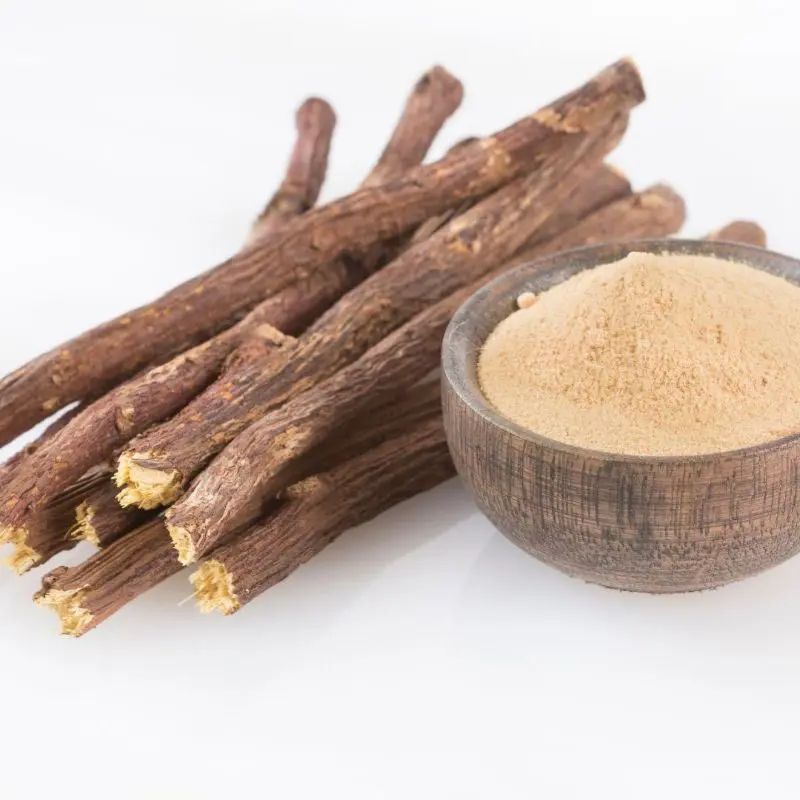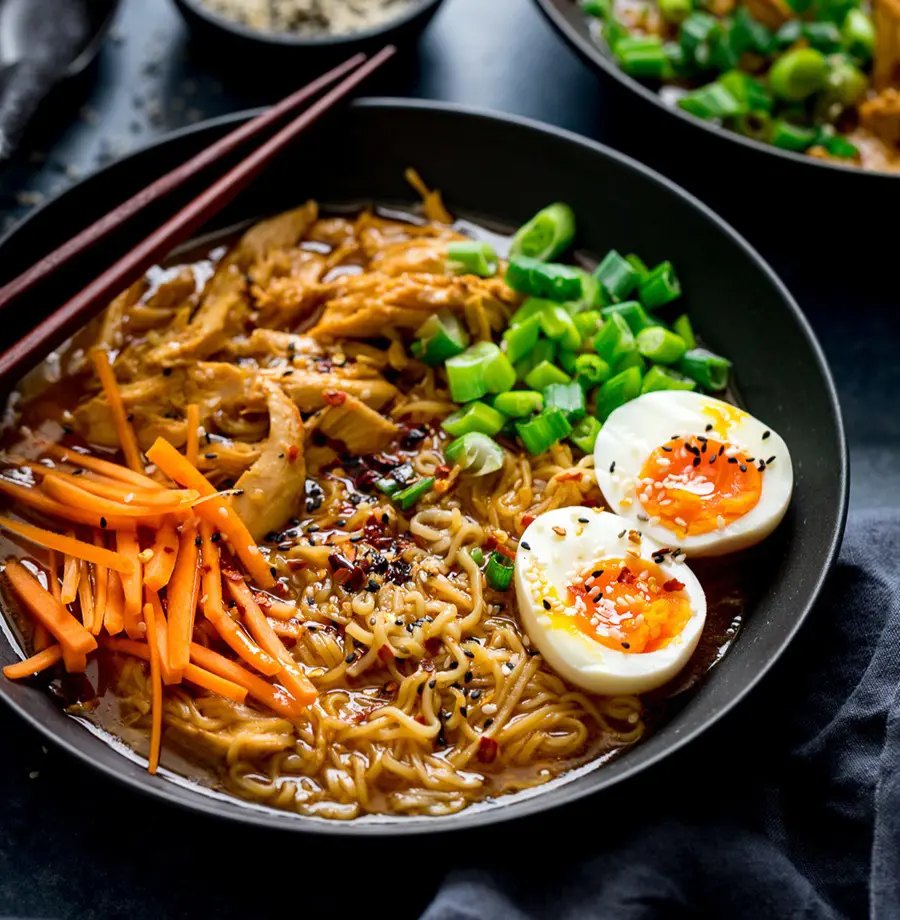18 Cruciferous Vegetables And Their Health Benefits
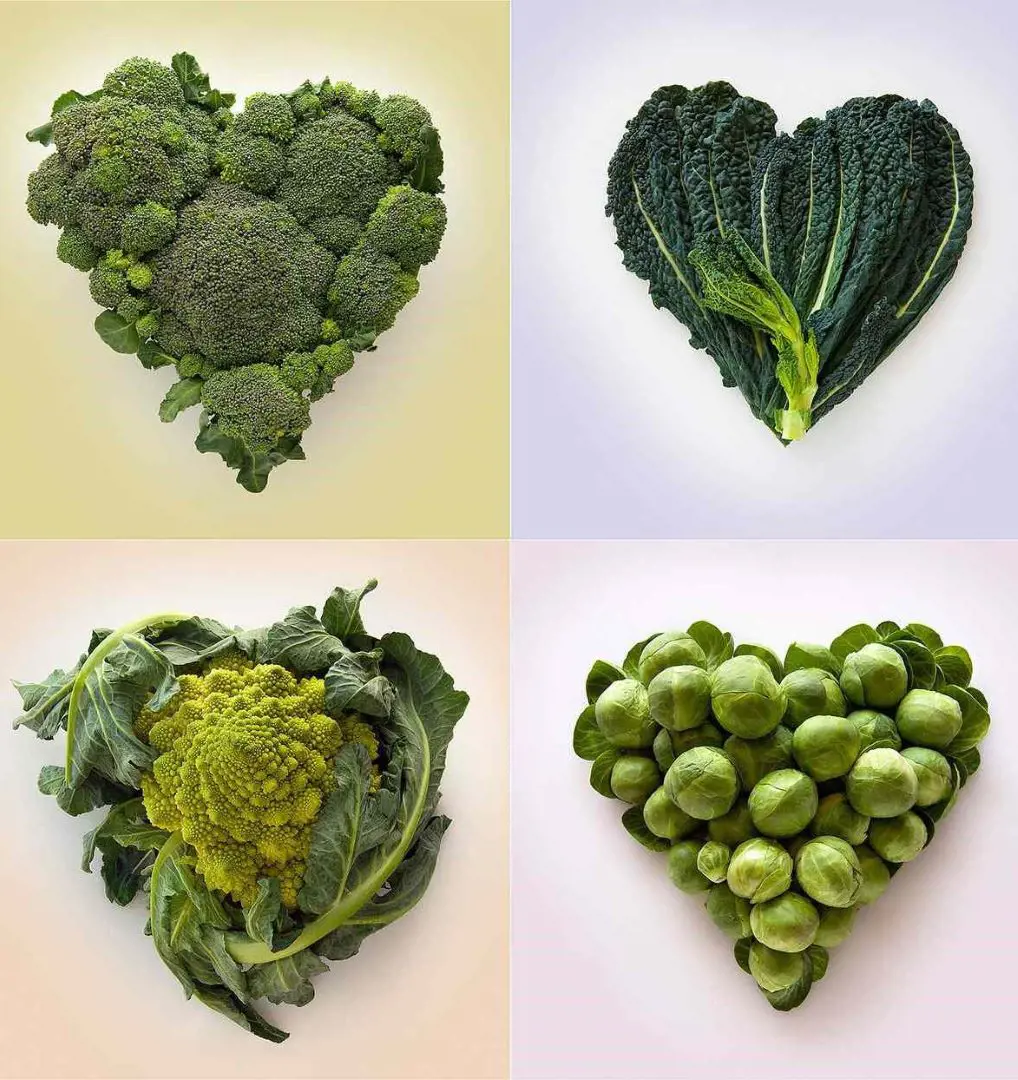
This post may contain affiliate links. If you make a purchase through links on our site, we may earn a commission.
Cruciferous vegetables, or brassica vegetables, are a diverse group of vegetables attached to the Brassicaceae family. The name cruciferous comes from the unique four-petal flowers, which appear similar to a cross shape.
These vegetables are low in calories and high in folate, fiber, and vitamins E, C, and K. Cruciferous vegetables work in different ways to prevent cancer development and reduce its growth. Here are 18 types of cruciferous vegetables and their health benefits.
1. Bok Choy
Bok choy, also known as Pak choy, is a kind of Chinese cabbage that tastes something between water chestnut and spinach. It has a sweet flavor with a moderately peppery undertone and can be eaten raw or cooked.
Just like other cruciferous vegetables, bok choy is packed with health-developing nutrients such as vitamins and minerals. They are a good source of beta-carotene, providing 2681 mcg, or 25% of the DV from a 100-gram serving.
Health Benefits
- May contain anti-cancer properties
- Supports thyroid function
- Strengthen bone health
- Promotes a healthy heart.
2. Rutabaga

Rutabaga, or Swedish turnip, is a root-cruciferous vegetable that looks similar to a turnip. They are mostly consumed in Northern Europe rather than North America. These vegetables are not as tasty as other cruciferous vegetables, but they are amazingly rich in nutrition.
They work best as a potato substitute, and potatoes have many health benefits. Rutabaga is high in antioxidants such as carotenoids, vitamins C and E, calcium, and glucosinolates.
Health Benefits
- Prevents constipation
- Prevents skin aging
- Reduces inflammation
- Supports the immune system
3. Kale
Kale is known as a superfood due to its amazing nutritional value. They are a dark, green, leafy vegetable that is sufficiently rich in vitamins A, C, and K, as well as fiber and antioxidants.
They have been used to treat various ailments for a long time. They can be added to snacks, dinners, sandwiches, salads, and pasta meals. Try this effortless kale salad as a healthy vegetarian salad recipe.
Health Benefits
- Prevents memory loss
- Reduces eye disorders
- Prevents cardiovascular problems
- Safeguards the skin against irritation
4. Arugula
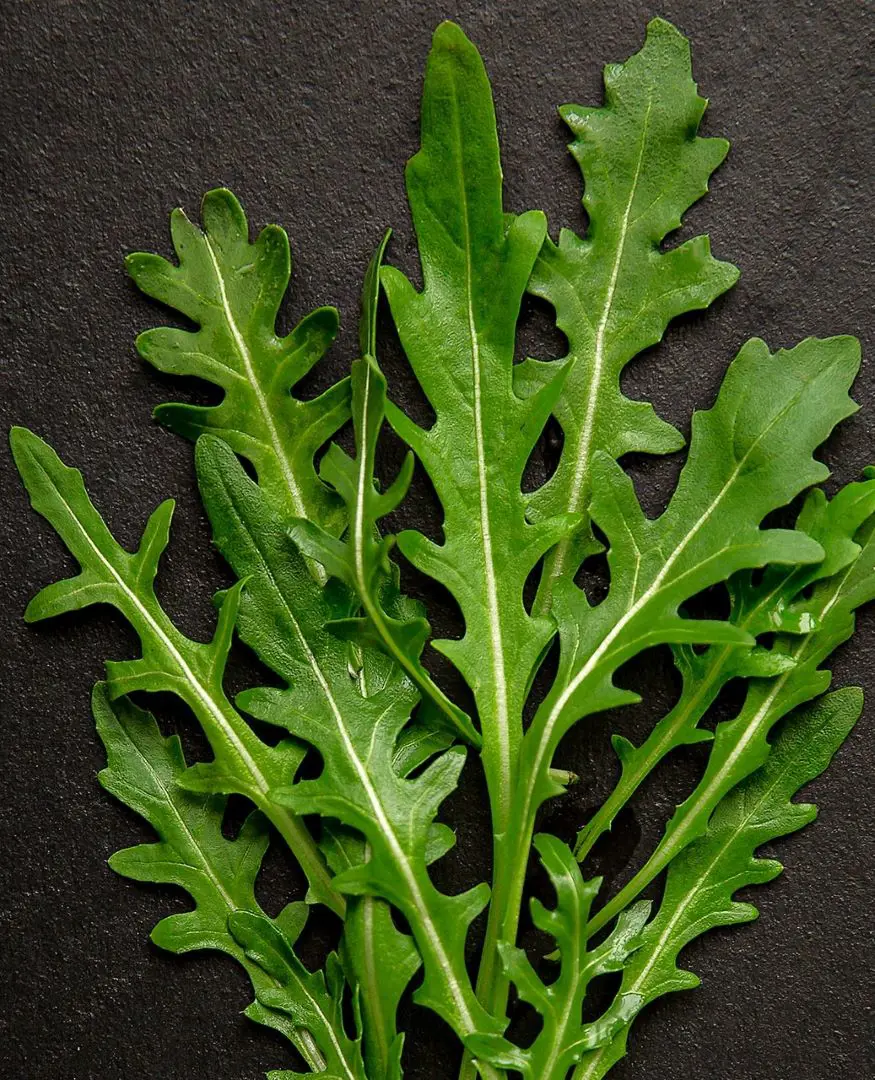
Rocket, or eruca, or arugula, is another cruciferous vegetable that is incredibly nutritious. They are closely related to kale and are popularly used in salads, vegetable burgers, and pizzas. This peppery green is a bitter food with many health benefits.
Arugula contains sulforaphane, a compound known to have disease-reducing qualities. Despite that, they are abundant in vitamins A, K, and C, as well as calcium and folate.
Health Benefits
- Reduce the risk of heart disease
- Minimize inflammation in rheumatoid arthritis
- Prevents osteoporosis
- Reduces risk of cancer
5. Cabbage
Cabbage is a versatile cruciferous vegetable that can be used in many different ways. They can be eaten raw in salads or steamed, stewed, or braised. They are great for pickled and fermented dishes such as sauerkraut and kimchi.
Fermented foods contain probiotics that support gut health. Banana is another probiotic food that supplies amazing health benefits. The leaves of the cabbage are also used for medicine.
Health Benefits
- Prevents intestinal ulcers
- It treats asthma and morning sickness
- Promotes healthy skin
- Lower blood pressure
6. Cauliflower
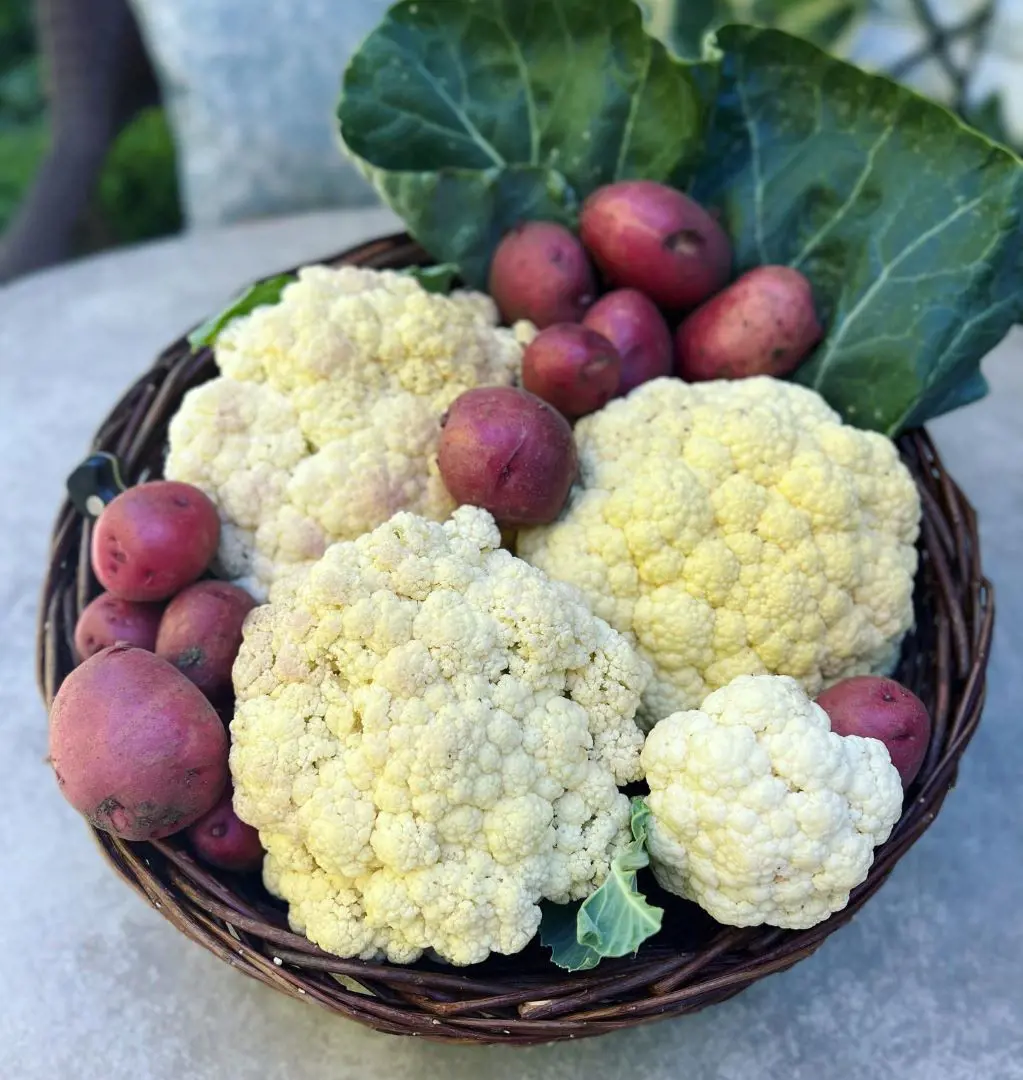
Cauliflower is an immensely healthy vegetable and a remarkable source of nutrients. They are weight-loss-friendly and convenient to incorporate into a diet. Whole roasted cauliflower and green beans are a low-carb and lightweight meal, perfect for a vegan dinner recipe.
Cauliflowers are rich sources of nutrients such as carotenoids, lutein, zeaxanthin, and vitamins C, E, and K. They are also abundant in fiber.
Health Benefits
- Reduced risk of inflammatory bowel disease
- Protects the cell from harm-free radicals
- Help with weight loss
- Sulforaphane antioxidants may reduce the risk of cancer.
7. Brussels Sprouts
Brussels sprouts are like small cabbages. They are tight and bright green. These leafy greens are used as a source of food or medicine. They can also be consumed raw in the form of salad or sandwich filling.
They are high in folate, fiber, potassium, and vitamin K. Above all, they are a rich source of a plant-based compound called kaempferol. This antioxidant has been researched for diverse health-supporting benefits, including its benefits to heart health.
Health Benefits
- Protects against different types of cancer
- Regulates blood pressure
- Maintains good cholesterol
- Manages diabetes
8. Watercress
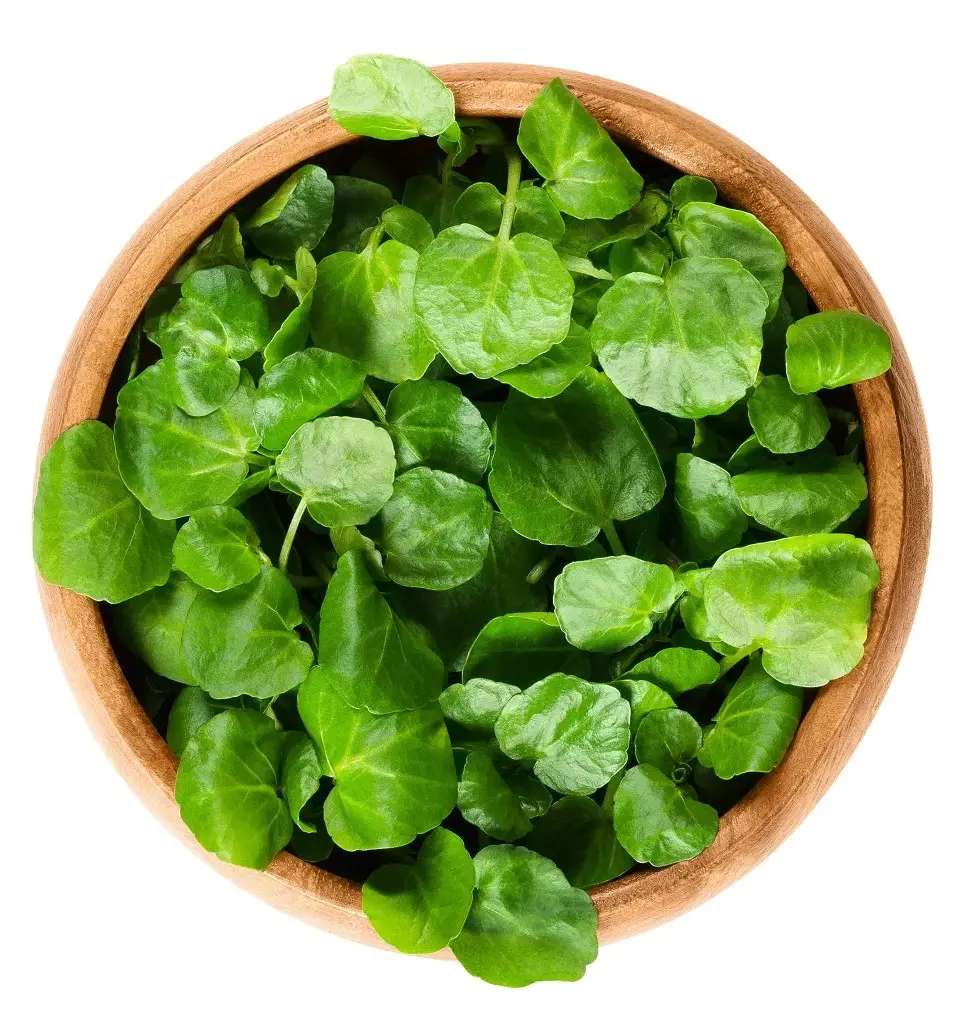
Watercress is a nutrient-dense cruciferous vegetable that grows in natural spring water. It is rich in vitamins and minerals, and its benefits might extend to bone and heart health. Their leaves are combined and are made of small, dark green leaflets.
They contain useful plant compounds that help control immune chemical discharge from mast cells. Someone with histamine-related issues can substitute spinach for watercress, as they are low-histamine foods.
Health Benefits
- Lower risk of chronic disease
- Boost blood vessel health
- Lowers cholesterol
- Boost the immune system
9. Turnip
Turnips are fast-growing, cool-weather cruciferous plants. They have fuzzy green leaves with succulent stems. They resemble mustard green but do not have curly leaves like them. They are a good source of vitamin C, iron, calcium, and folate.
Both the root and leaves of the turnip are edible. Raw turnips have a mild, spicy taste that turns sweet, nutty, and earthy when cooked.
Health Benefits
- Essential for strong bones
- Reduces inflammation in the body
- Minimize the risk of heart disease
- Good for skin and hair
10. Broccoli
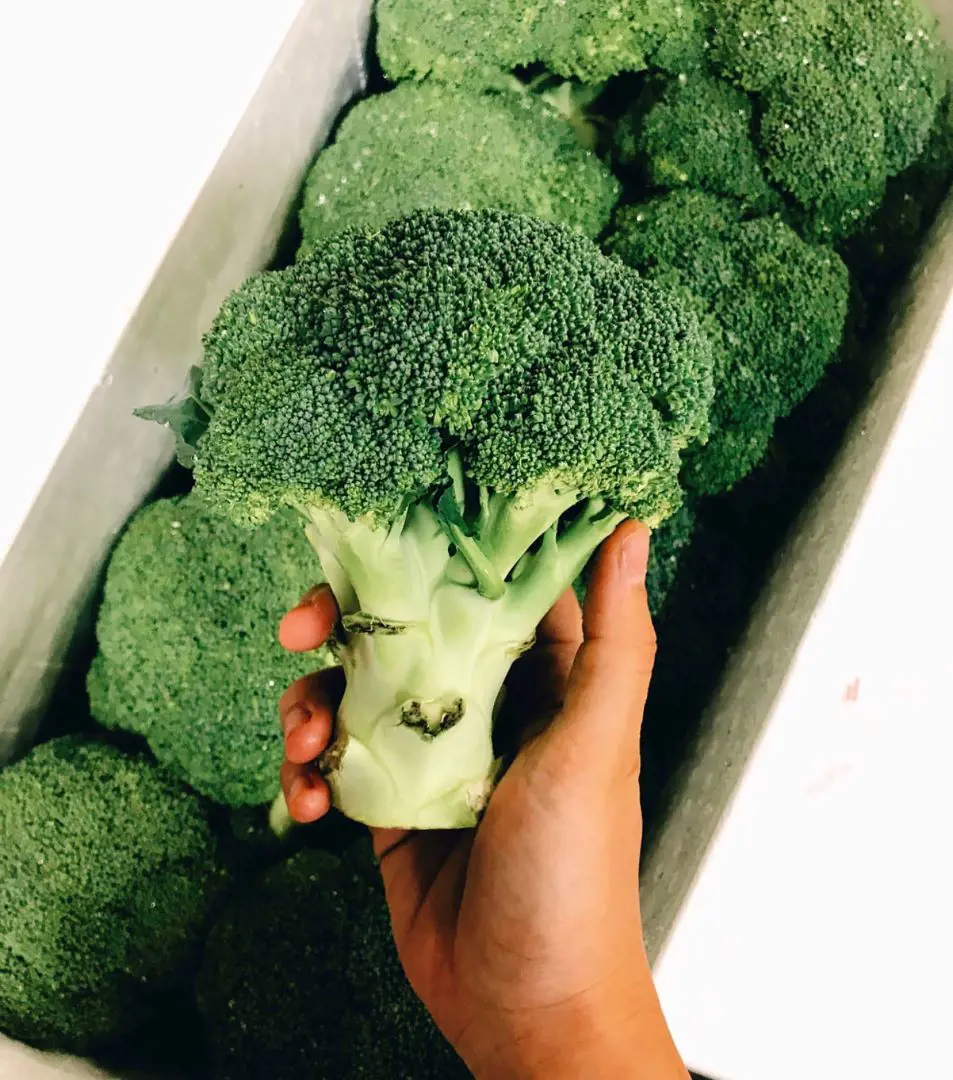
The dark green florets and stalks of broccoli, with their fantastic nutritional profile, make them a superfood. One cup of broccoli contains more vitamin C than an orange. Just like broccoli, orange health benefits reduce the risk of cancer.
Broccoli is famous for its vitamins, antioxidants, anti-carcinogenic properties, and health-supporting phytochemicals. Raw broccoli has a crunchy, vegetal, and mildly sweet taste that turns soft and sweeter once cooked.
Health Benefits
- Maintains stable blood sugar
- Boost the immune system
- May reduce the risk of cancer
- Improves skin condition
11. Radish
Radish is a root vegetable that comes in red, yellow, purple, pink, and dark colors. They have a spicy, peppery taste that turns milder once cooked. They come in different shapes and sizes, such as short, long, narrow, and round.
The root, leaves, and seeds of radish are used as medicine, and only the roots and leaves are edible. You can eat them raw, pickled, boiled, or grilled.
Health Benefits
- Reduce redness and swelling
- Keeps the skin hydrated
- Supports better liver function
- Contains anti-fungal properties
12. Collard Greens
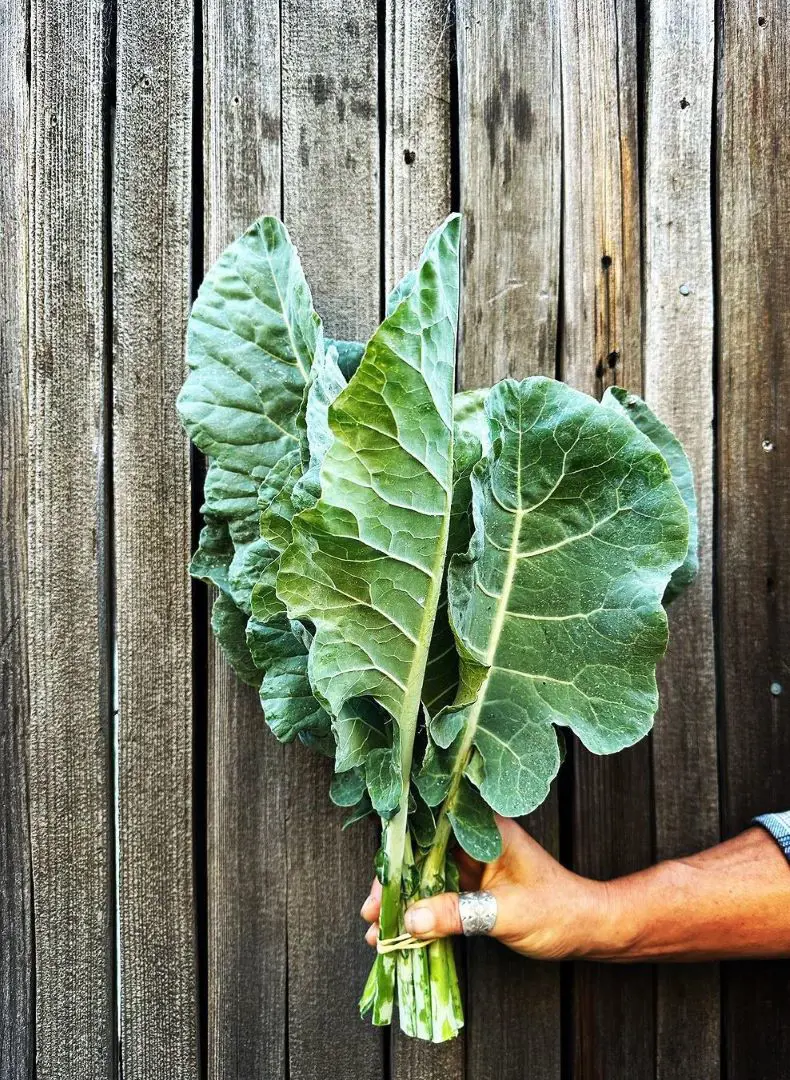
Collard greens are dark, leafy green vegetables similar to Swiss chard, lettuce, and spinach. A healthy vegan source of protein, collard green supplies 5.2 g of protein per cup.
Collards carry the same scientific name as kale, and they only differ in terms of leaf characteristics. They bear much broader and less frilled leaves than kale. Their tastes fall between kale and cabbage.
Health Benefits
- Improve vision
- Rich in antioxidants
- Helps create red blood cells
- Assist in nervous system functioning
13. Komatsuna
Komatsuna, or Japanese mustard spinach, is a leafy cruciferous vegetable. In reality, it is not spinach but a vegetable believed to have developed from pak choi. Some believe it to be the leafy form of wild turnips.
The plant can be eaten either raw or cooked, and it has a mild taste between mustard and cabbage. These greens have five times more calcium than spinach.
Health Benefits
- Promotes healthy bones
- Escalates the immune system
- Reduces anxiety and stress
- Protects the skin from UV rays
14. Broccoli Romanesco
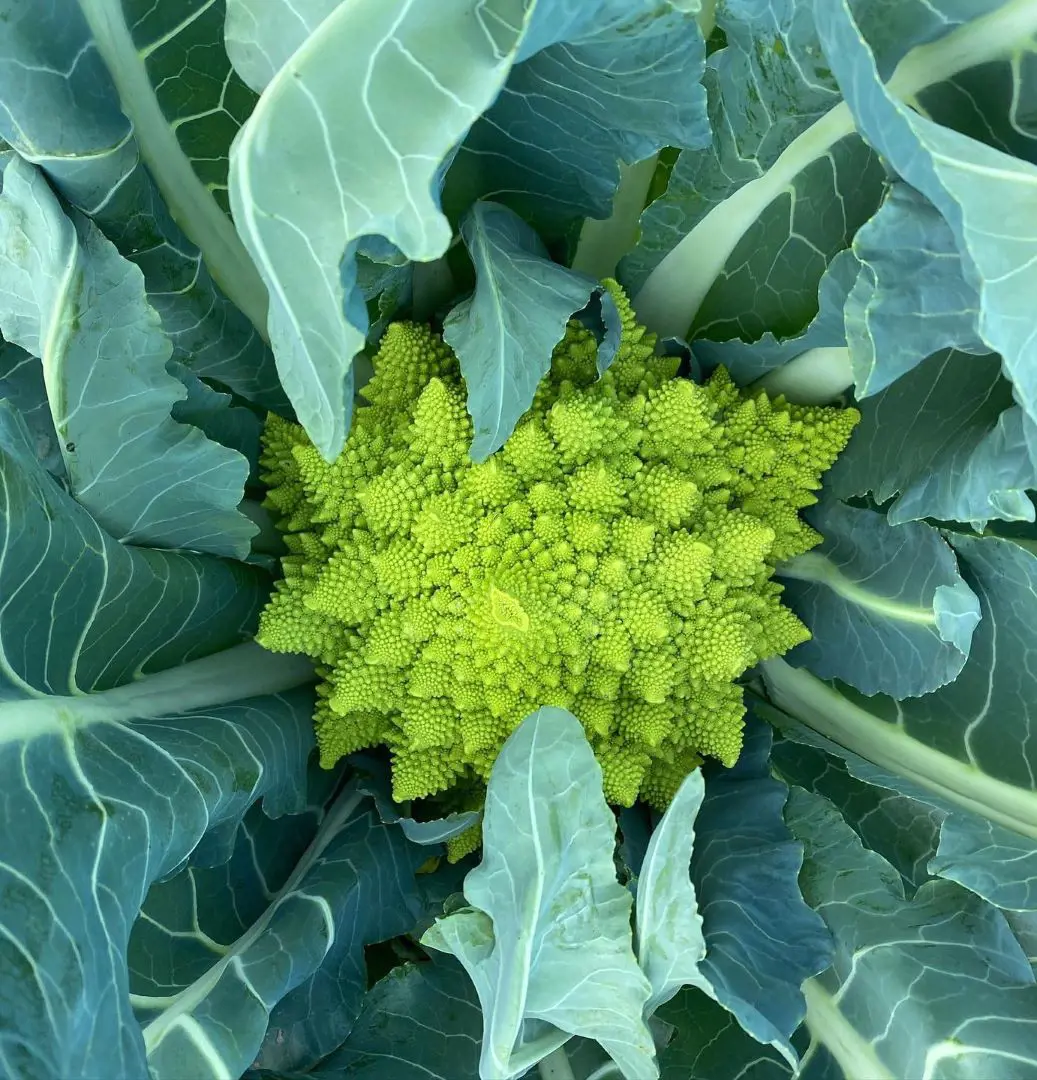
Broccoli Romanesco belongs to the same family as cauliflower and cabbage. They bear a strange-looking lime-green plant with smaller, pointed flowers. Although they bear a similar look to cauliflower, they taste more like broccoli.
Just like broccoli, they can be eaten in salad, soup, or curry form. Just like vegan broccoli cheddar soup, Romanesco blue cheese soup is a healthy vegetarian soup recipe that is quick and easy to make.
Health Benefits
- It helps fight viral infection
- Treats common cold
- Boost brain health
- Supports muscles
15. Mizuna
Mizuna, or Japanese mustard green, or spider mustard, is widely used in Asian dishes. The texture is similar to lettuce or spinach, but it has a slightly bitter and peppery taste. They have long, thin, purple-colored stems and highly separated leaves. They are a cut-and-grow plant similar to many types of lettuce.
Mizuna is available in two forms: early mizuna and purple mizuna. Asians mostly eat them pickled, while westerners prefer them in soup, salal, or stir-fried.
Health Benefits
- Improves eye health
- Protects the heart
- Promotes nourished hair
- Maintains a strong immune system
16. Wasabi
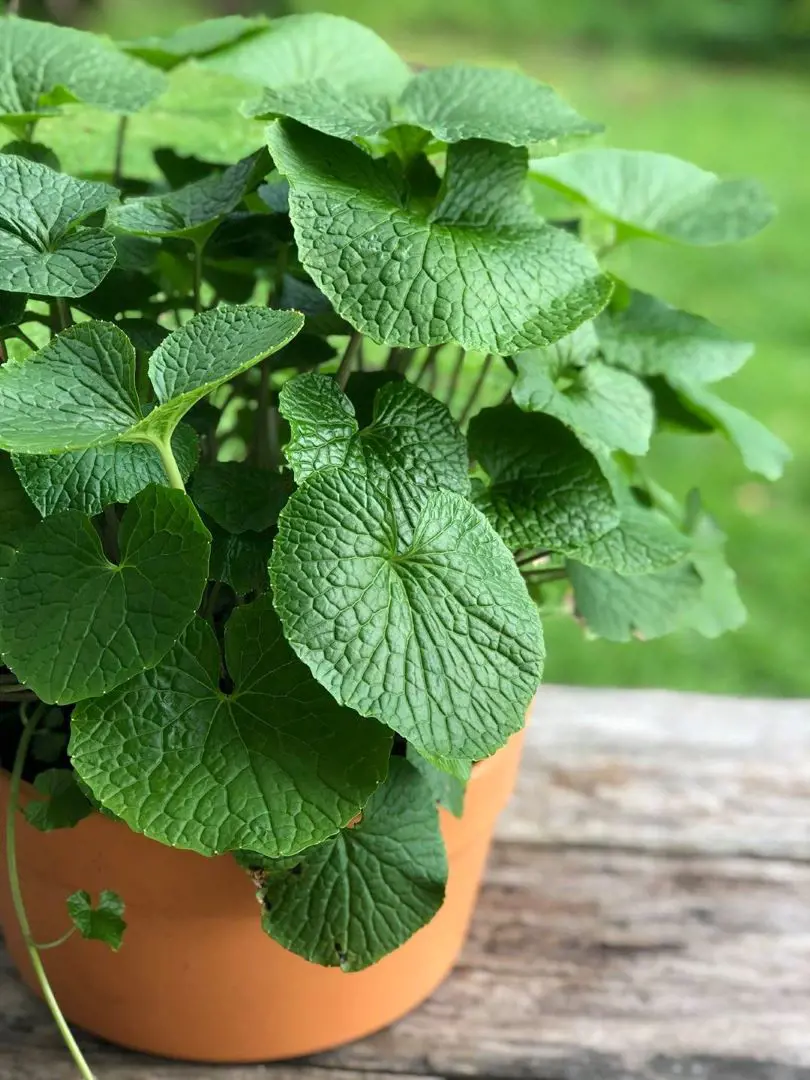
Wasabi is rich in isothiocyanates, small molecules that are accountable for its unique, strong flavor and are known to offer many health benefits. Also known as Japanese horseradish, it grows naturally near streams in Japan.
It is a popular condiment served in the form of green paste alongside sushi and noodles. The leaves of the wasabi plant can be eaten either cooked or raw, but the real flavor lies in the roots.
Health Benefits
- May assist in fat loss
- Contains anti-bacterial effects
- Anti-inflammatory properties
- Probably reduces the risk of osteoporosis
17. Rapini
Rapini is known by many names, such as broccoli raab, spring raab, or Cime di Rapa. It has a sharp, strong, but fresh flavor with a peppery turnip undertone. Once cooked, they develop a stunning nutty flavor and are used as a highlight ingredient in many Spanish, Italian, and Portuguese dishes.
Besides its culinary use, rapini is rich in beneficial nutrients such as vitamins A, C, and K, calcium, potassium, and iron.
Health Benefits
- Natural detoxifier
- Lowers risk of heart disease
- Improve insulin sensitivity
- Keeps bone strong
18. Kohlrabi
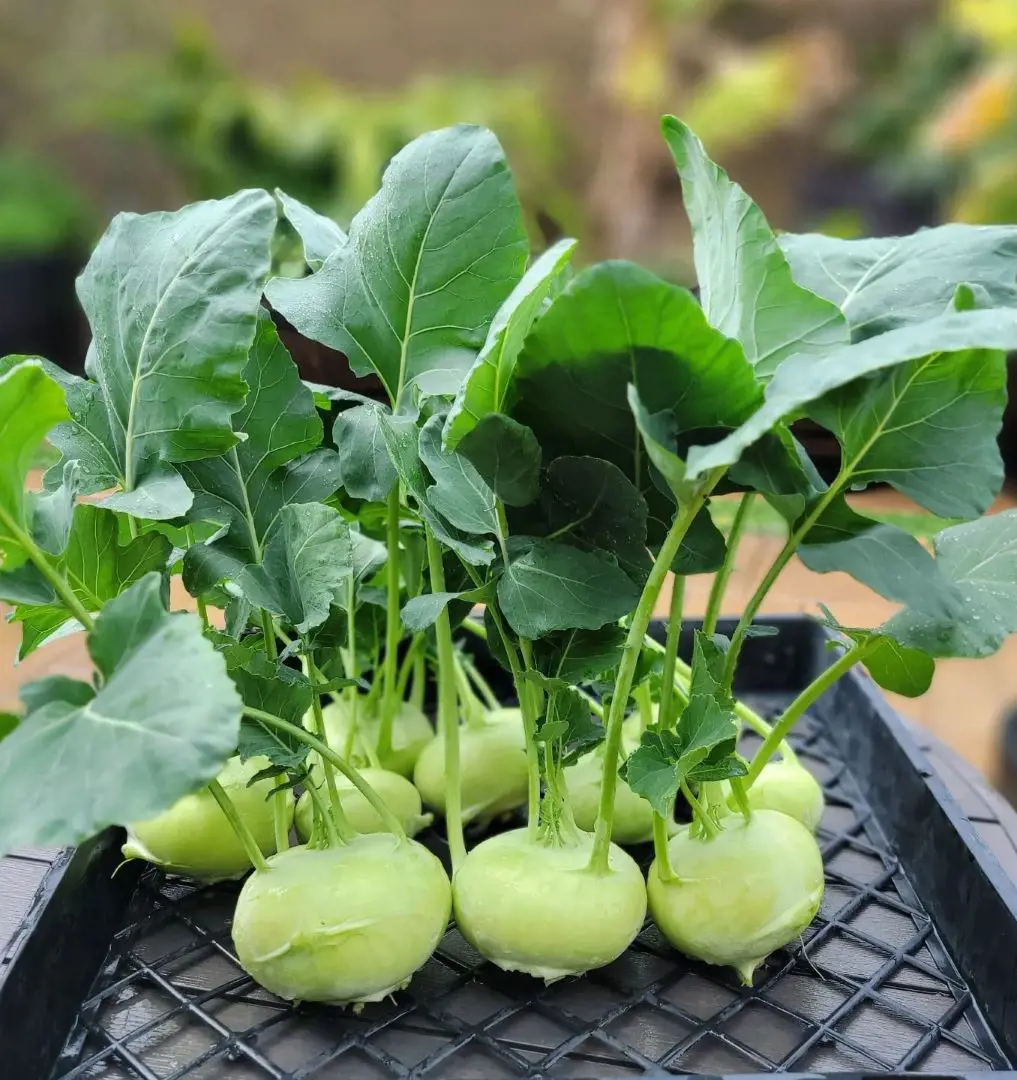
Kohlrabi might seem like a root vegetable, but it is linked to cabbage and has a similar smell but tastes like broccoli. They can be a great alternative to cabbage or turnips; moreover, they are high in vitamins and minerals.
Kohlrabi is characterized by its long leaf stems and a round bulb that comes in green, purple, pale green, and white colors. Their appearance from the inside is always white-yellow. They are one of the rich sources of vitamin C.
Health Benefits
- Supports healthy gut
- Good for immune health
- Minimizes the risk of cardiovascular diseases
Recent posts
Nutrition
Nutrition
Liquorice Root: Benefits And Uses
You can spell it liquorice or licorice; this herb or root has been in use for centuries in most medicinal applications, as a natural sweetener and to enhance flavors. Regarding its origins, it comes from the root of the "Glycyrrhiza galbre" plant and...
Nutrition
Is Ramen Healthy? Here's What Dietician Says
Ramen is a traditional dish from Japan that in the recent era has become a global phenomenon. This beloved and comforting soupy dish however has been questioned, when it comes to its nutrition. Best for those looking for a quick (instant), affo...
Nutrition
Is Wheat Bread Healthy? An Expert Picks
Wheat bread has been proudly celebrated as a dietary staple in countless homes for as long as people can remember. It has earned a reputation as a healthier alternative to white or any other processed bread, that no one can deny. Because of its evide...
Nutrition
Is Sausages Healthy? Nutrition And Health Benefits
Sausages are tasty in an addictive way, making them one of the most popular foods worldwide. You may have enjoyed this convenient food often, whether on a bun with mustard or grilled on a barbecue, the simple preparation methods are what makes its co...
Nutrition
Ice Cream Benefits: Nutrition, Potential Risks And Best Choices
Not gonna lie, ice cream is often taken as a guilty pleasure treat, a delightful treat that takes you to cloud nine but is frequently associated with negative health implications. Nonetheless, the happy news is when devoured mindfully, ice cream can ...
Nutrition
Is Sushi Healthy? Some Good and Bad Choices
Sushi is a wholesome meal and a beloved Japanese dish. The traditional sushi recipe is a simple combination of fresh fish, vegetables, and vinegared rice which is popular for its minimalistic preparation. As with any food, there are factors that dete...
